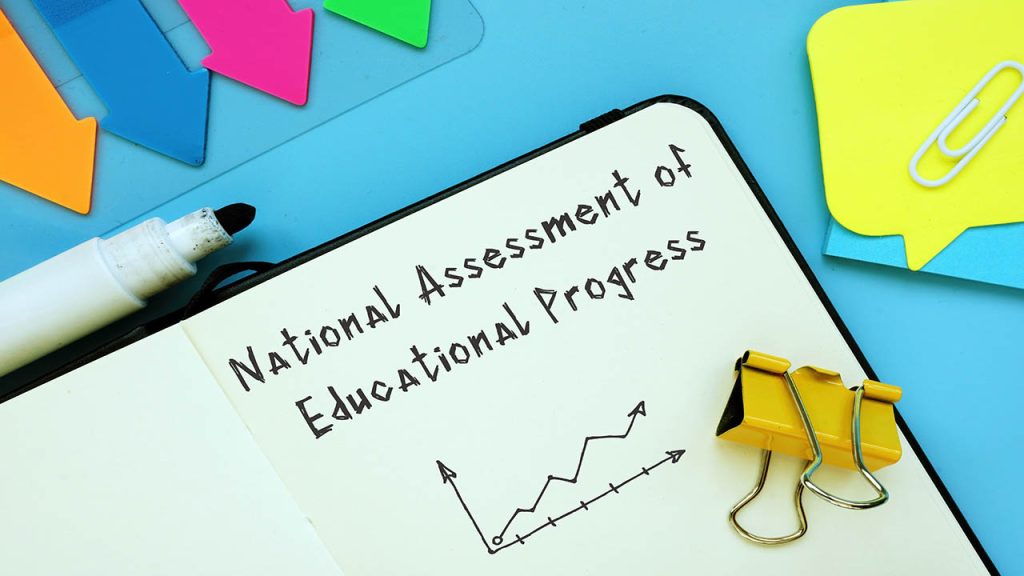

What Exactly is ALICE and How Are They Teaching it to our Kids?
Over the last several years, when it comes to active shootings, particularly in schools, we have no doubt heard the acronymALICE. So, what exactly is ALICE and how are they teaching it to our kids? Schools and school systems often boast that they subscribe to or have implemented the “ALICE Protocols.” So, what exactly does this mean and what are the children being taught?
Generally, ALICE is a set of responses that can come in any order and is intended to be more proactive than the traditional lockdown. These responses leave much room for discretion on the part of the classroom teacher to implement them on an as needed basis depending on the situation. ALICE specifically and intentionally is not a one size fits all response. For example, teachers may decide to lockdown and barricade in the classroom, or they may decide to evacuate and run for the hills. In either case, the appropriate response is left to the professional judgement of the teacher.
As we all know, ALICE is simply an acronym for Alert, Lockdown, Inform, Counter, and Evacuate. It is simply a list of actions to employ during an active shooter scenario. ALICE is designed specifically for an active school shooter situation and no other emergency. It does not mince words and is very direct in its approach. ALICE is a framework for action in a situation when someone starts shooting in a school or a public place and is not a step-by-step method. That is what separates it from previous response protocols used by school systems. The components are interchangeable and can be employed in any order as needed.
Here is a breakdown of each part of ALICE, how it differs from previous responses and how school children are being taught to implement it:
Alert
In past years, schools would sometimes use coded messages to let everyone know there was an emergency. Many schools would use a variety of color codes such as code red, blue, orange, black, etc. and some still do. Some even use other more obscure ways of letting everyone know there is a problem at hand such as an announcement of something like “has anyone seen Mrs. Johnson’s green notebook?” or something similar.” These types of notifications, when used, are usually in elementary schools.
Modern thought on this now says to be as direct as possible. This is most often done via the intercom system. For example, “Attention! There is an active shooter on the first floor…This is not a drill…..” Etc. Direct and factual alerts give others an opportunity to respond appropriately.
Lockdown
Under the ALICE protocols, lockdowns no longer entail simply locking the door, turning off the lights and silently hiding in the classroom. Unfortunately, most school shooters are students at the school and already know where everyone is. Also, just about everyone knows what a lockdown is. Regularly on the nightly news, we see police activity that results in “area schools were all on lockdown.” It sounds impressive, but the cold reality is, that for someone intent on doing harm, these students are easy targets.
In the ALICE program, lockdown is essentially barricade. Chairs desks and anything a student can get his or her hands on are stacked in front of the classroom doors. There are also many vendors who now offer a variety of school safety products such as mechanisms that can be added to a door to prevent it from being open. Some attach to the handle and some to the door swing mechanism.
So, an ALICE lockdown is much more involved than a traditional lockdown. Also, teachers may opt to simply flee or evacuate based on location and on the information provided in the alert and not stay and lock down.
Inform
School officials should attempt to inform students and staff where the shooter is and where he is going. The most ideal situation here would be for a staff member to be in a hidden room with access to the school security surveillance system and the intercom system. Many schools are now installing such a location for this purpose. With modern technology, it is not very expensive do designate such a place within the school building. Updated information allows teachers and students to make the best decisions based on the location of the shooter.
Counter
This is the part of the ALICE program that has attracted the most attention. Schools are no longer planning to have students sit and hide and hope that law enforcement comes before the shooter does. The preferred action now is to counter. This could include anything from throwing desks and chairs at a shooter to tackling him to the ground. Counter is the last resort when a shooter is in the room and there is no way out. The reasoning is to create noise, movement, distance, and distraction so the shooter has less ability to shoot accurately. In schoolhouse trainings, students use sponge balls, paper balls and other items to simulate such a situation. ALICE relies on scientific studies that show distracted individuals are much less likely to shoot accurately.
Evacuation
When an indication of trouble reaches the classroom, the teacher essentially has two options. Lockdown (barricade) or evacuate. If the response is to evacuate, there is no need for the traditional “single file line….no talking….” approach. Evacuate means to run as far and fast as possible to get away. Period. While students are evacuating, or if the shooter has opened fire in a crowded hallway and everyone is running, ALICE participants are taught to run in a zig zag pattern. This reduces the likelihood of being hit.
The most important thing to remember with the ALICE protocols, is that they are not a step-by-step approach, and they are not chronological. Teachers and school leaders are free to utilize any of the protocols at any time.
This set of response protocols marks a completely different approach to active school shooter preparedness than schools have been practicing in past years. Traditionally, the only response protocol was to lockdown. This procedure has drawn criticism over the years because most active shooters are current students. This means that the shooter himself has most likely participated in the drills and knows exactly what is going on. Shooters know which parts of the building are occupied and which are not. Traditional lockdowns are being abandoned because students are being seen as “sitting ducks” while waiting for law enforcement. Schools are now opting for a more proactive approach.
This new approach has resulted intraining that includes scenario-based drills where students simulate an active shooter situation and practice the “Counter and Evacuate protocols by throwing objects, yelling, and screaming, and evacuating in a loud and unconventional way (Zig Zag). Schools usually forewarn parents that such training is taking place. This keeps parents from panicking when their children come home and tell stories of what they did in school that day.
One also must consider that this is a reactive response and not a preventative one. The recent shooting in Michigan would seem to indicate that they utilized the ALICE protocols as practiced. Even in such a situation, four students were killed and seven were injured. Considering the number of students in the building and the fact that he opened fire in the hallways during change of class, it would appear that the death toll could have been much higher.
Dig Deeper With Our Longreads
Newsletter Sign up to get our best longform features, investigations, and thought-provoking essays, in your inbox every Sunday.
The MEN was founded by John Huber in the fall of 2020. It was founded to provide a platform for expert opinion and commentary on current issues that directly or indirectly affect education. All opinions are valued and accepted providing they are expressed in a professional manner. The Maryland Education Network consists of Blogs, Videos, and other interaction among the K-12 community.














